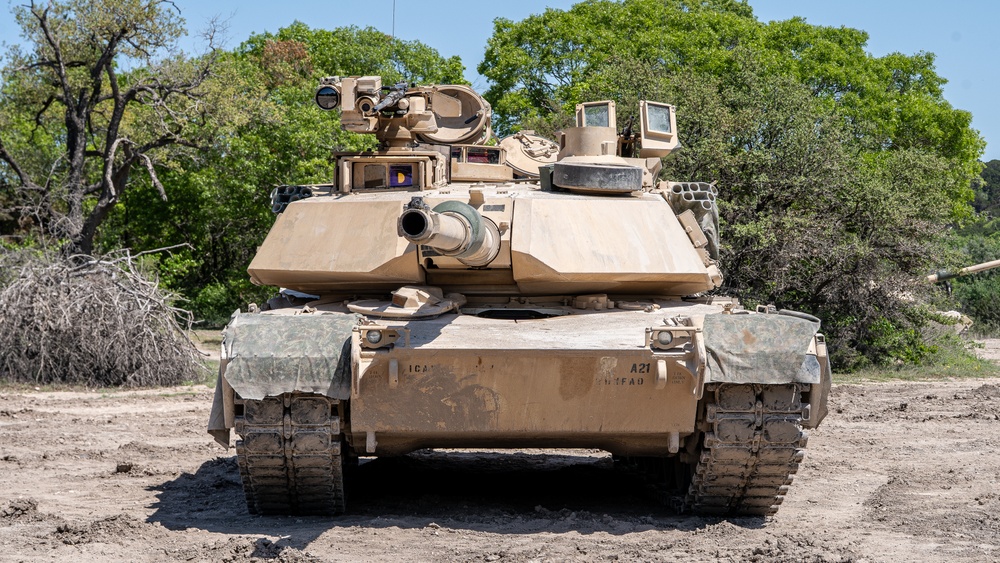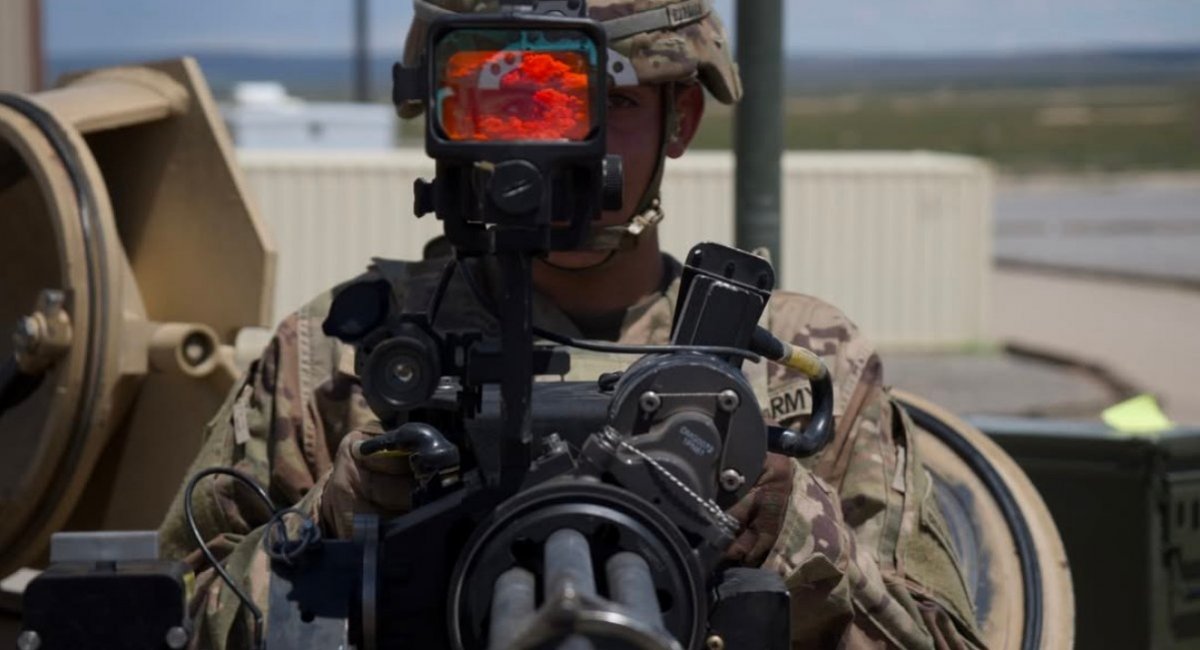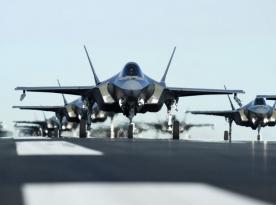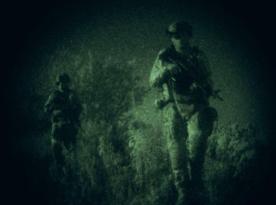A unit from the U.S. Army's 1st Armored Brigade Combat Team of the 1st Armored Division has tested mounting the legendary M134 Minigun on an M1 Abrams tank. This setup is said to provide tactical advantages in close combat and rough terrain.
Photos from these tests show that the Minigun has been mounted next to the loader’s hatch, replacing the standard M240 machine gun. At first glance, the idea might seem reasonable, but it comes with a major flaw.
Read more: Germany to Equip A400M Aircraft With Laser Anti-MANPADS System Worth Over $11M Each
In U.S. military terms, "rough terrain" also includes urban environments (cities, etc.), where tanks are highly vulnerable to ambush. A more powerful weapon with a wide field of fire could be quite useful in such settings.
Moreover, when it comes to countering drones — the very reason some Miniguns were transferred to Ukraine — the M134 shows potential thanks to its extremely high rate of fire, up to 6,000 rounds per minute. The gun is also equipped with a Trijicon MGRS collimator sight.

But despite how promising this sounds, the setup has one critical downside: to operate the weapon, the crew member must expose themselves through the loader's hatch, becoming an easy target for enemy fire.
Even if we set aside the threat of kamikaze drones, battlefield shrapnel alone remains a deadly risk. This comes on top of recent criticism of a new U.S. anti-drone doctrine, which bizarrely instructs tank commanders to exit the vehicle and use hand signals to direct fire.

It's worth noting that Abrams tanks have long been equipped with remotely operated weapon stations (CROWS), which could potentially be used to mount the Minigun. This would also enable automated targeting of drones.
However, as long as such integration remains unrealized, American tank crews will continue to take serious risks when using the new weapon setup. It remains unclear whether this is merely an experimental configuration or the start of a permanent upgrade.
Read more: Chinese Programmers Maintained Pentagon Servers Under Microsoft Outsourcing Deal — U.S. Still Doesn't Know What Exactly Was Coded














